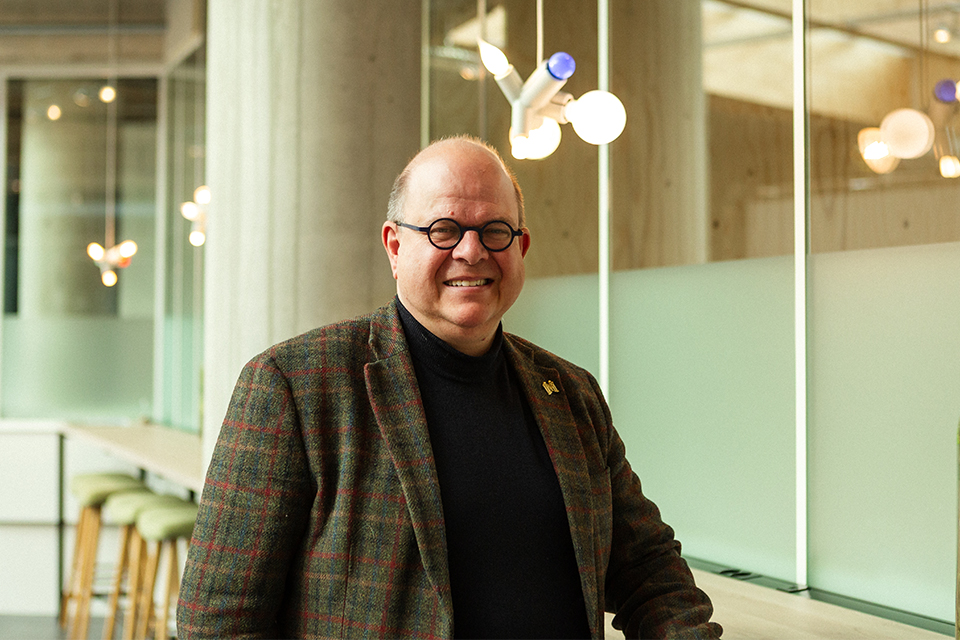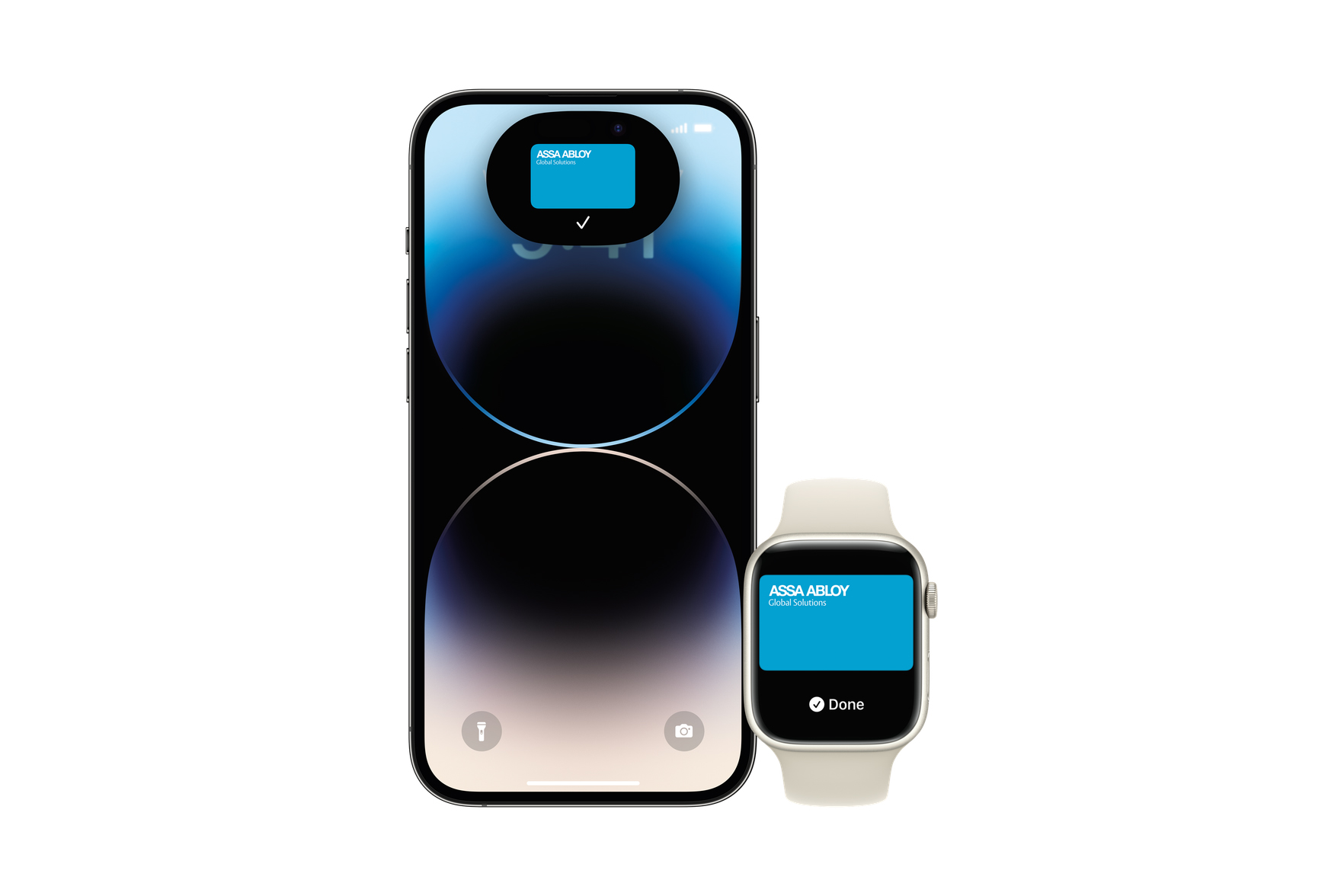
PMS and POS: Two hands in one digital belly
Running a hotel in the 21st century requires more than just acquiring digital tools. It is essential that the tools can communicate with each other and exchange data. The increasing digitalisation of our society means that we expect everything to run smoothly and efficiently and, above all, to avoid unnecessary operations. The advent of property management and point of sale systems - known as PMS and POS - and the increasing ease of use and intuitiveness of digital tools for hotel guests and consumers, has only reinforced this trend.
From a hotel manager's perspective, both PMS and POS are undoubtedly the two most important components of the modern, digital hotel. Both systems have unique and complementary functions aimed at the same goal: making everything as pleasant, efficient and seamless as possible - both for user and guest.

Of course, every guest is unique. Some hotel guests like to be looked after, while others prefer to be autonomous and want to do everything themselves digitally. For some, efficiency and functionality are top of the list, for others personal pampering, perception and experience. Hoteliers also have diverse perspectives. Every hotel is unique, every approach is personal. Therefore, every digital tool should be based on three aspects: user-friendliness, intuitiveness and flexibility.
Modern POS and PMS systems are no exception. A system that is not user-friendly is often a dealbreaker for hotels with a large number of employees or high staff turnover. Intuitiveness is also important, as there are usually a lot of actions performed prior to, during and at the end of a stay. Therefore, it is important that each action can be performed with as few actions as possible, and also in the most intuitive way possible.
Finally, basic systems such as a POS and PMS must have sufficient flexibility to meet the specific needs and requirements of each hotelier, each hotel and even each team. Whereas people used to adapt to new technology, that rule is reversed today: technology is supposed to adapt to users' wants, needs and expectations.
Unique but complementary
If a PMS is the brain, then a POS is the heart. Where property management systems are the 'source of truth' for the goings-on of all hotel guest actions and data, point of sale systems are the beating heart of a hotel's F&B component.
What makes a PMS and POS complementary is that each has its own focus and
complement each other perfectly. The main way a POS system and hotel PMS work together is by sharing data with each other. That data sharing not only makes the work of employees and management, but also the experience and stay of guests much more enjoyable.
By linking PMS and POS, guest information is automatically synchronised across both systems: as soon as a guest wants to add something to their room account from another revenue source within the hotel, staff can use the POS system to search by their name or room number and add purchases to the open account.
Lightspeed Restaurant has the ability to add a "charge room" option to the payment methods offered. As a result, added items are automatically exported from POS to PMS and end up on the guest's final bill. This hassle-free communication between the two systems substantially simplifies a hotel's operational workflow and increases guest convenience.
What should a PMS be able to do?
Every modern hotel PMS should have a number of core features. This starts with an insightful dashboard that gives every user an accurate overview of upcoming, current and expiring reservations, turnover and daily and weekly actions at a glance. The other core functions of a PMS can be linked to a hotel's main activities.
For instance, a booking engine allows guests to choose a particular room, length of stay and the rates you offer. A channel manager further synchronises availability and prices on external platforms such as Booking.com, Airbnb, Expedia. Any change you make to the offer yourself is automatically synchronised with any platform the hotel is linked to. The same goes for every incoming reservation. In addition, most PMS systems also have online check-in tools. These allow guests to choose the extent to which they want to interact with hotel staff and can reduce waiting times at the front desk. Housekeeping functions allow you to organise and accurately track room cleaning digitally, with individual responsibilities, checklists and schedules.
Last but not least, an open API or application programming interface. Both modern POS systems and hotel PMS operate on a plug-and-play principle. There are numerous external integrations and applications that can be easily integrated with the central system. Think of extensions that extend the core functions of a hotel PMS or POS, such as accounting tools, stock management, applications for reservations and so on. For those keen to put together a personalised PMS solution, an open API is therefore a must-have.
What should a POS be able to do?
A modern POS system allows you to create a complete digital reconstruction of every F&B part of the hotel. From the floor plan of the restaurant to the wine list of the rooftop bar. Tables and chairs can be added, moved or removed according to the desired occupancy of the room. Menus can be assigned to specific locations, devices and employees. Flexibility is the starting point here.
For hotel employees, it is important that the POS system is as mobile as they are. Lightspeed's checkout and payment platform makes it easy for employees to take orders with handhelds and iPads - at the bar, in the lounge, on the terrace or at the table. Within staff management, user roles and permissions can also be assigned to bar, kitchen and serving staff.
Modern POS systems like Lightspeed's work completely online, recording all orders and transactions digitally. The resulting sales data allow for the identification of best sellers, bottlenecks and opportunities to optimise the menus, occupancy and table rotation of each F&B section.
Integration
PMS and POS systems are basically two hands on the same digital belly. Each system is unique but in a hotel with F&B components, one system cannot ultimately work without the other. The systems are complementary and in themselves can also work seamlessly separately but that is probably not what a as hotelier is looking for. It is that plug-and-play basis and the ability to integrate both systems with each other that makes it interesting for both user and guest.
Heeft u vragen over dit artikel, project of product?
Neem dan rechtstreeks contact op met Lightspeed Commerce.
 Contact opnemen
Contact opnemen




